
Friedrich von Borries, Matthias Böttger, Florian Heilmeyer
Jovis, Berlin, 2009
graphic design: Laszlo Toffel, Berlin
272 pages, paperback, 24,4 x 17,4 cm
ISBN: 978-3-86859-024-1 / German, English
Be it in Moscow, Belgrade, Berlin or Cairo – there is hardly a city or nation wanting to present itself as progressive that has resisted the showy construction of a television tower. The TV towers that have risen up over cities since 1950 are almost always symbols of social change or political and economic power. No other type of building in the second half of the 20th century was as politically charged as the television tower.
The global distribution of the towers traces the political history of the 20th century. The ideological competition between the East and West was followed by rivalry between global cities as to which could be most attractive to tourists and corporations. The first television towers were mainly built in Europe and are currently almost exclusively built in emerging countries in Asia and the Middle East.
Most television towers are characterized by the political circumstances prevailing at the time of their construction. They are both a risky venture in terms of engineering and a sign of social progress. Thus most of them have a fixed spot in the popular culture of the respective cities and countries. People love or hate them, sell them to tourists in the form of souvenirs or print them on postcards. More than with any other type of building, it is literally the signal effect of the TV towers’ architecture that is the center of interest.
The book will showcase 25 realized or planned television towers in Ashgabat, Auckland, Barcelona, Baghdad, Belgrade, Berlin, Brasilia, Guangzhou, Jakarta, Yekaterinburg, Johannesburg, Cairo, Las Vegas, Liberec, Moscow, Prague, Riga, Shanghai, Stuttgart, Tashkent, Tehran, Tokyo (2), Toronto and Vilnius.
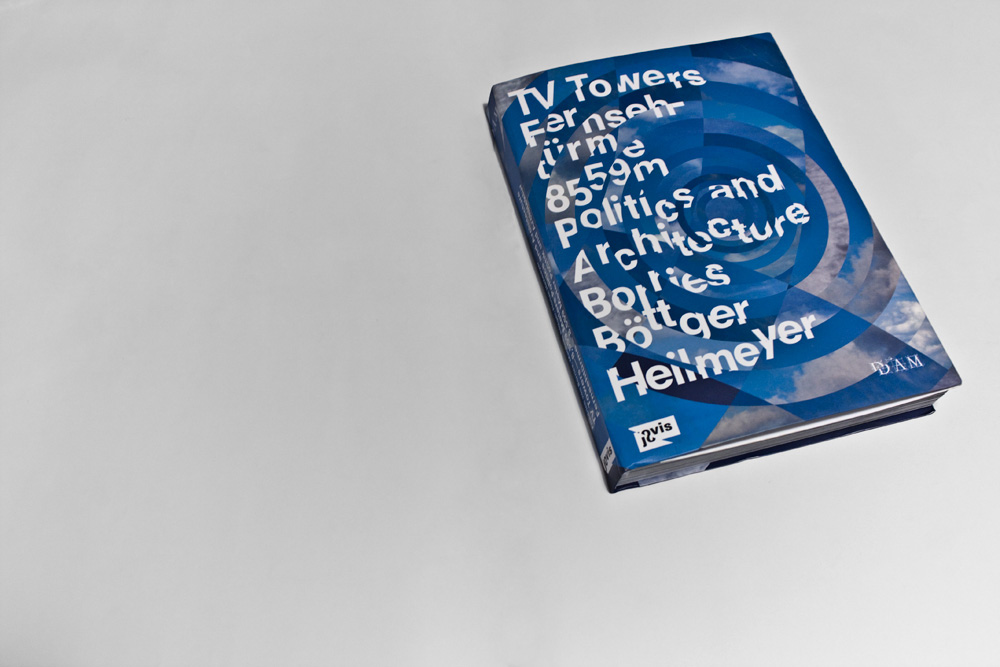
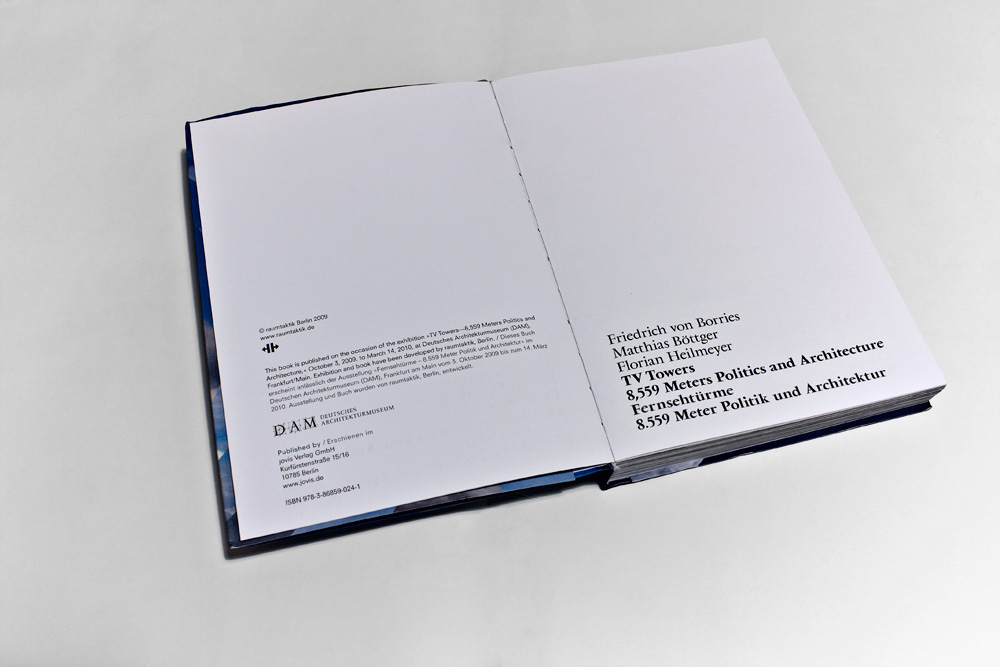

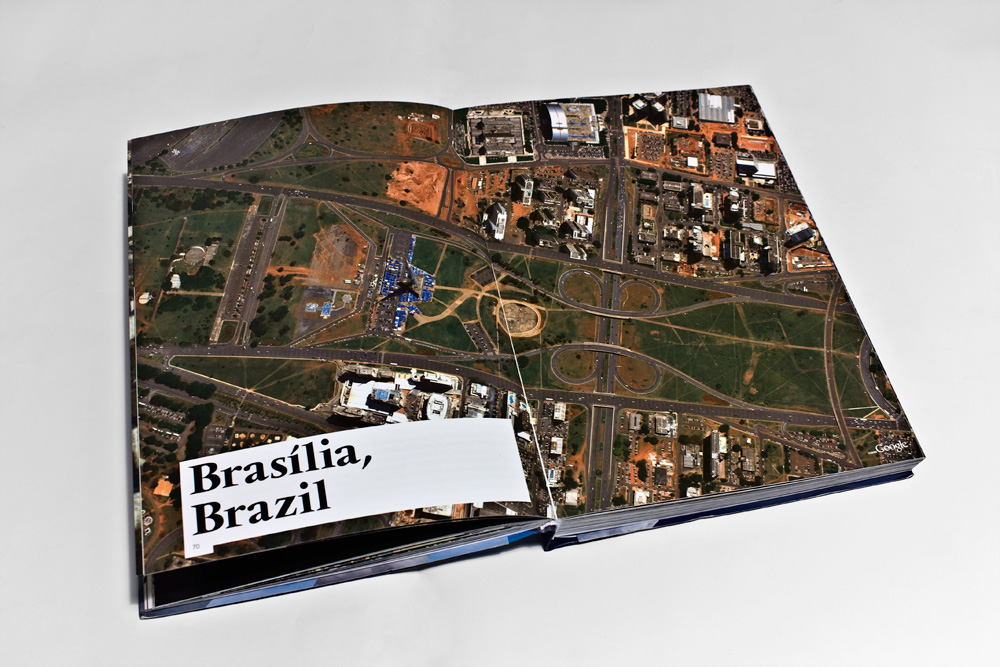
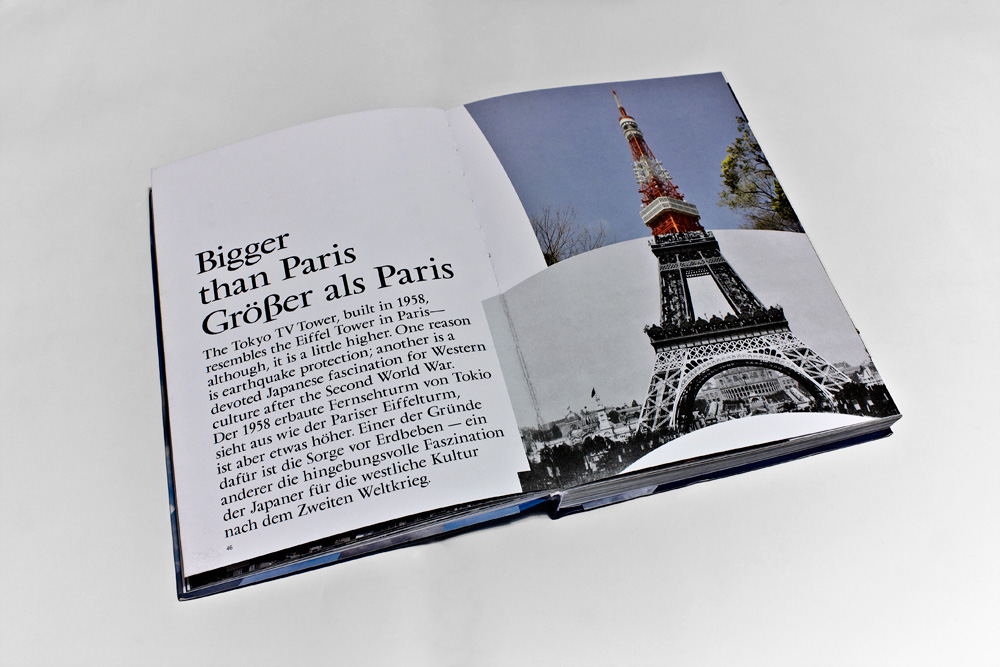

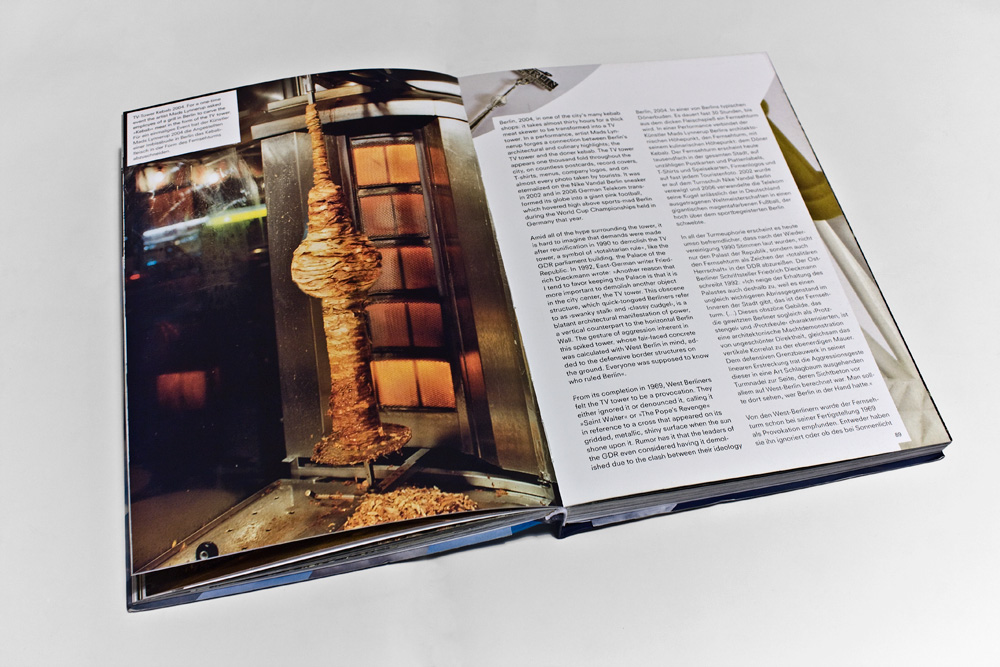
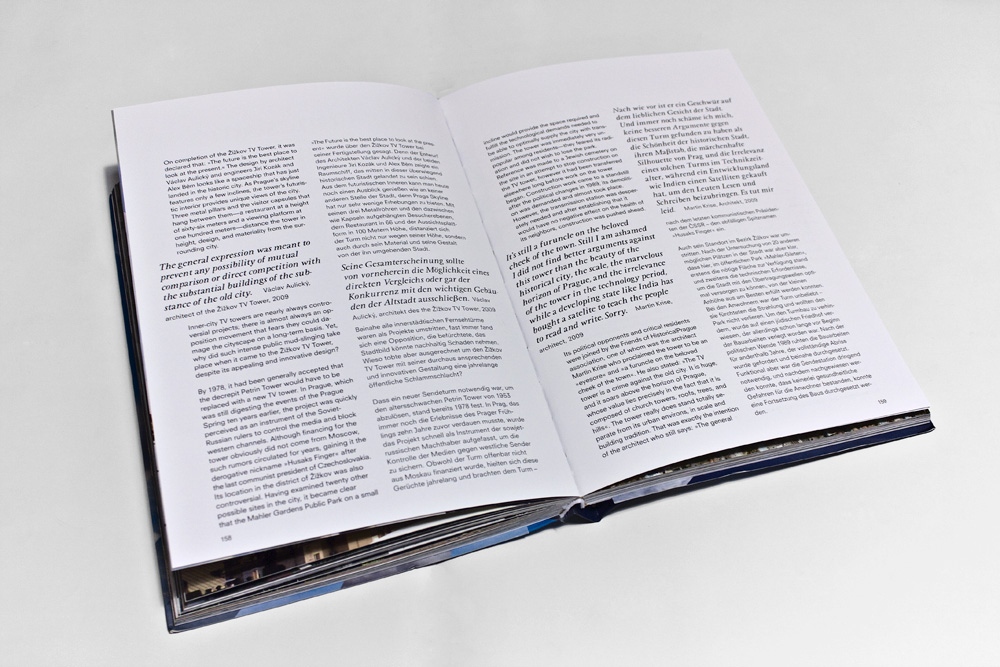
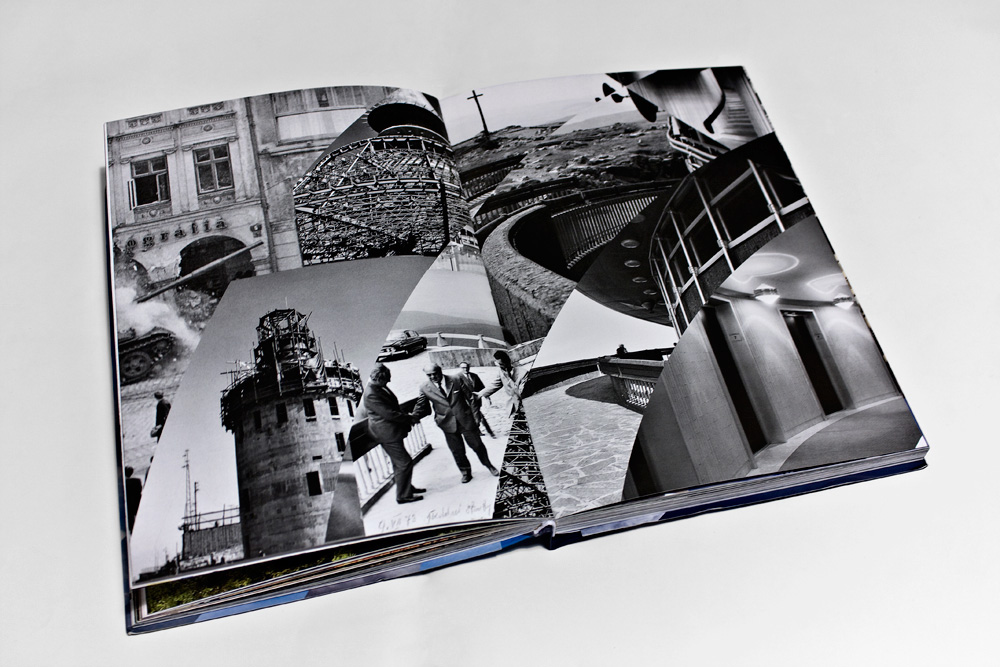
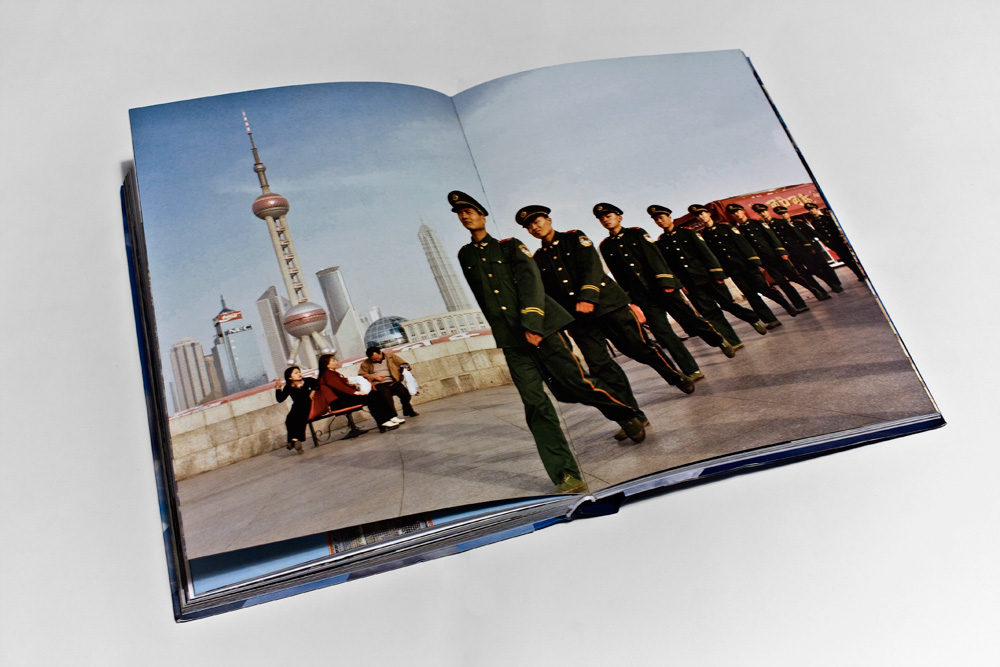
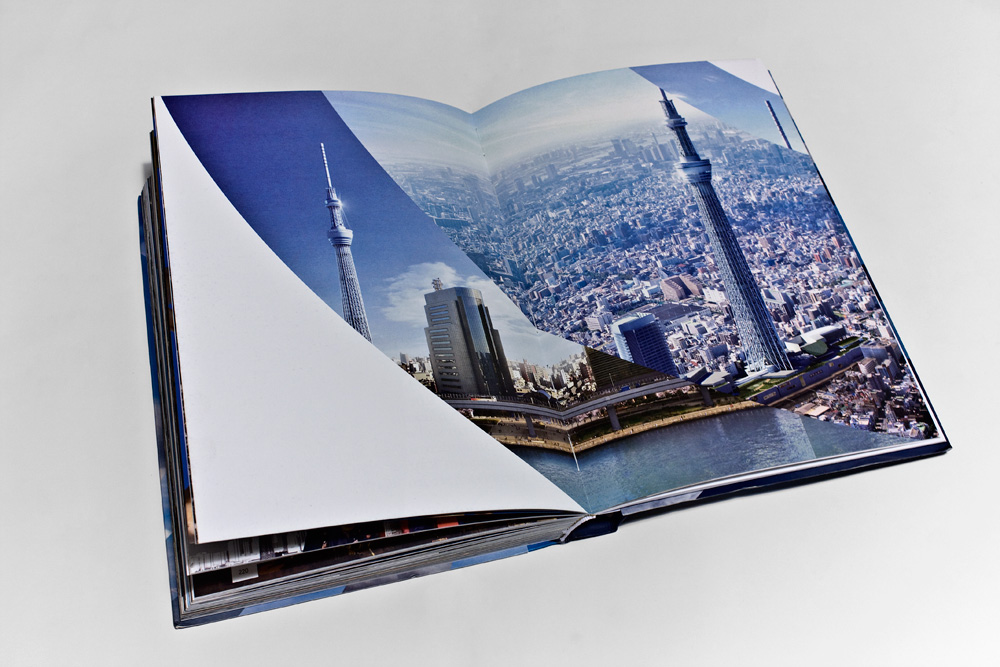

"Wenn das Schlendern durch die Ausstellung so viel Spaß macht wie das Schmökern im dazugehörenden Katalog, werden die Besucher mit vielen neuen Erkenntnissen und einem veränderten Blick auf die Fernsehtürme dieser Welt nach Hause gehen."
(www.german-architects.com)
"Es sind solche hintergründigen Anekdoten, die das Buch selbst für Nicht-Architekten interessant machen. Wie überhaupt die Texte eher eine prosaische, denn technische Sprache pflegen. Die zum Teil erstmals publizierten und zu langen Bildstrecken gefügten Ansichten der Türme (jeweils von innen und außen und mit vielen Details) unterstreichen den positiven Eindruck eines architektonischen Lesebuches."
(Berliner Morgenpost, 02.10.09, Bettina Seipp)
"Mit seinen beiden Partnern Matthias Böttger und Florian Heilmeyer kratzte von Borries daher das gemeinsame Wissen zusammen, peppte es mit einigen weiteren Forschungsreisen auf und presste das Kompendium schließlich in ein vorzüglich aufbereitetes Buch, das den summigen Titel Fernsehtürme. 8.559 Meter Politik und Architektur trägt."
(ALBUM - DER STANDARD/Printausgabe, 03./04.10.2009, Wojciech Czaja)